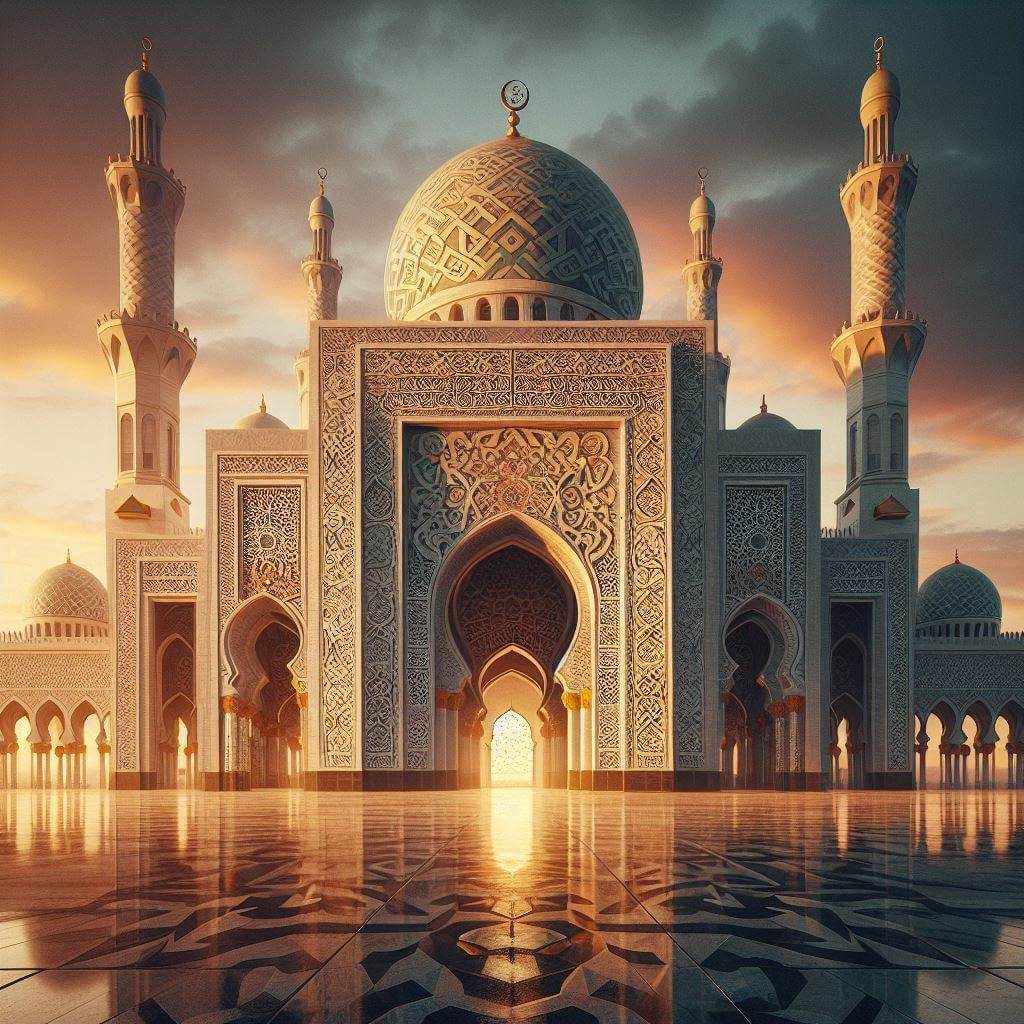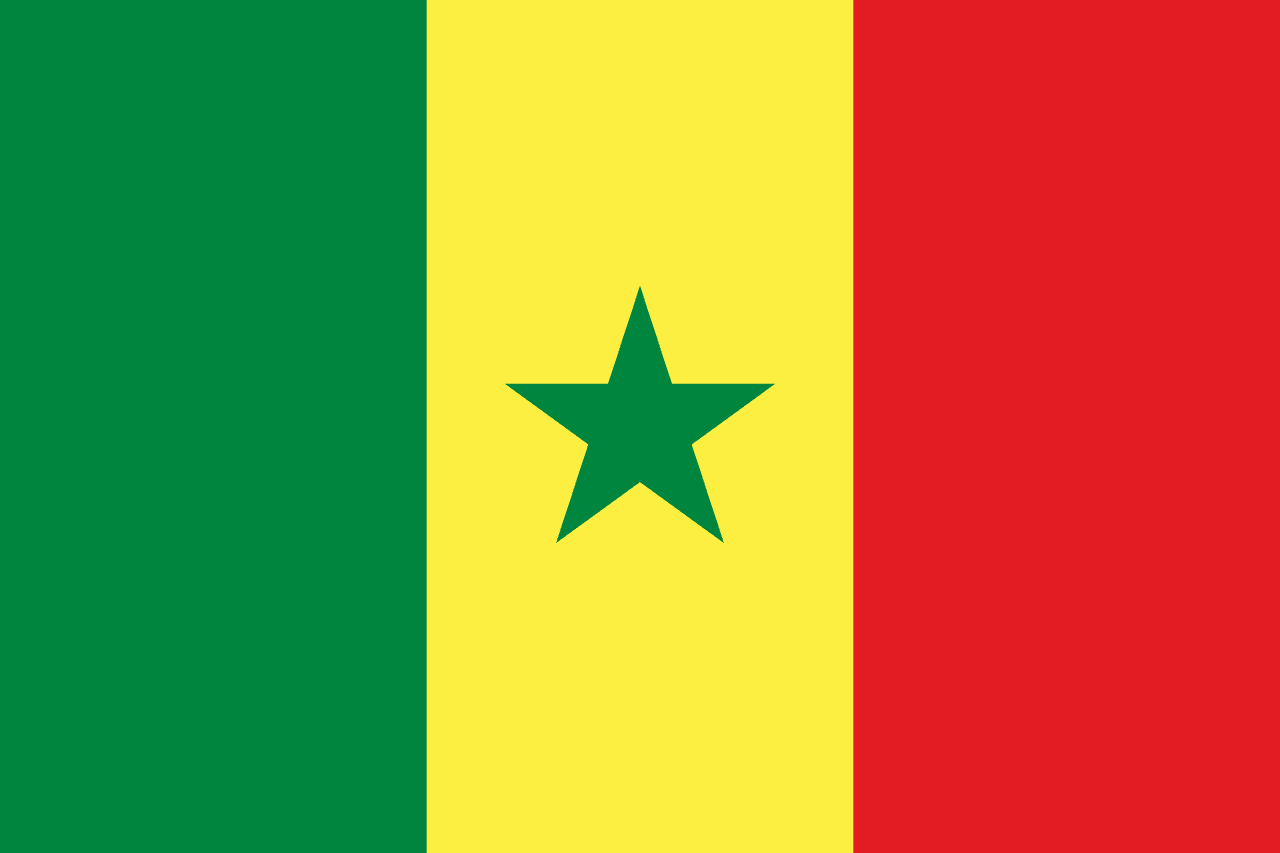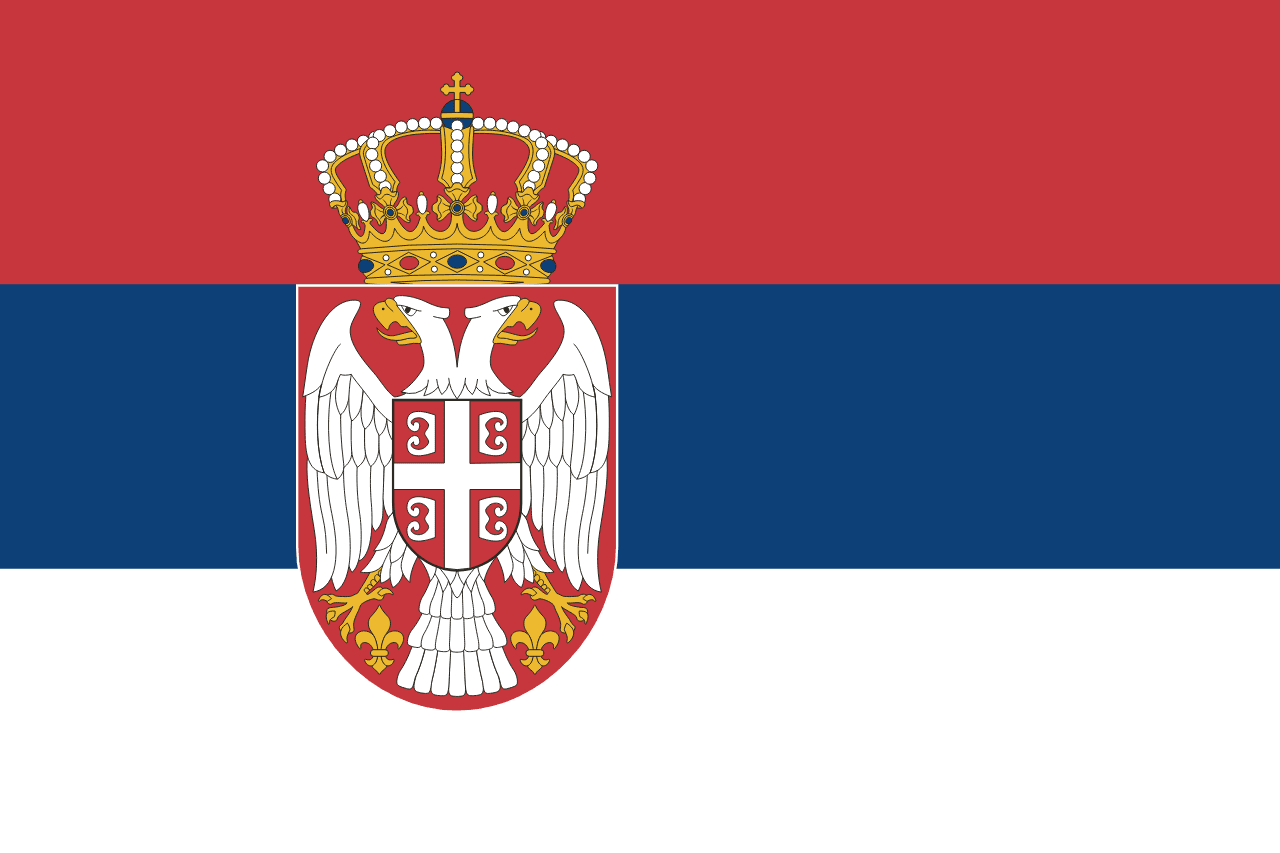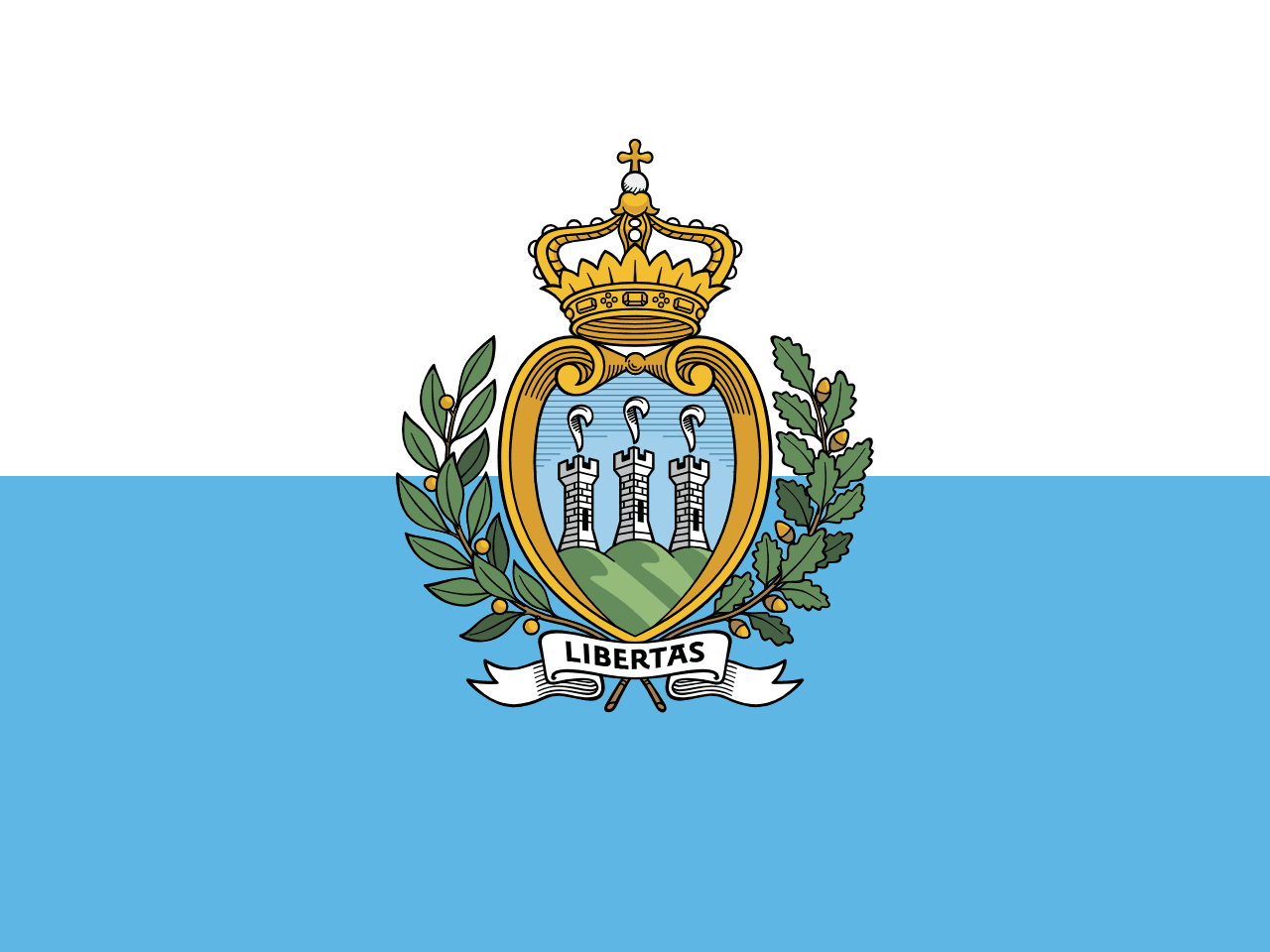The flag of Saudi Arabia consists of a green field with a white Arabic inscription and a sword beneath it. The inscription is the Islamic creed, known as the Shahada: "There is no god but Allah; Muhammad is the Messenger of Allah." This unique design reflects the country's deep-rooted Islamic identity and its role as the custodian of Islam's holiest sites.
Saudi Arabia information
| National Flag Day | — |
| Sovereign state | Yes |
| Official name | Kingdom of Saudi Arabia |
| Capital | Riyadh |
| Population | 34,813,871 |
| Area | 2,149,690 km² |
| Currency | Saudi riyal (SAR) |
| Language | Arabic |
| Continent | Asia |
| Region | Middle East |
| Subregion | Arabian Peninsula |
| Borders | Jordan, Iraq, Kuwait, Qatar, United Arab Emirates, Oman, Yemen |
| Timezone | Astronomical Time (AST) UTC+3 |
| Calling code | +966 |
| Top-level domain | .sa |
History of the Saudi Arabian flag
 The current flag was officially adopted on March 15, 1973, unifying the kingdom under a single banner. However, its basic design elements have been used by the Saudi royal family since the 18th century. The flag's adoption coincided with a period of modernization and consolidation of power in Saudi Arabia, symbolizing the country's commitment to its Islamic heritage while embracing its role on the world stage.
The current flag was officially adopted on March 15, 1973, unifying the kingdom under a single banner. However, its basic design elements have been used by the Saudi royal family since the 18th century. The flag's adoption coincided with a period of modernization and consolidation of power in Saudi Arabia, symbolizing the country's commitment to its Islamic heritage while embracing its role on the world stage.
Symbolism and design of the Saudi Arabian flag
Each element of the flag carries profound symbolic meaning:
- The green field symbolizes Islam, reflecting Saudi Arabia's role as the birthplace of the religion and its commitment to Islamic principles. Green is also associated with prosperity and growth in Islamic tradition.
- The white Arabic inscription, the Shahada, declares the fundamental creed of Islam. Its prominent placement emphasizes the centrality of faith in Saudi Arabian society and governance.
- The sword beneath the inscription symbolizes justice and strength. It is believed to represent the sword of Abdul Aziz ibn Saud, the founder of modern Saudi Arabia, symbolizing the nation's commitment to defending the faith and upholding justice.
The simplicity and boldness of the design, combined with its religious significance, make the Saudi flag one of the most recognizable and unique national flags in the world.
Usage and significance of the Saudi Arabian flag
 The flag of Saudi Arabia holds immense religious and national importance. It is prominently displayed on government buildings, schools, and during national and religious celebrations. Due to the sacred nature of the Shahada, the flag is never flown at half-mast, even during periods of mourning. Instead, a plain green flag is used in such instances.
The flag of Saudi Arabia holds immense religious and national importance. It is prominently displayed on government buildings, schools, and during national and religious celebrations. Due to the sacred nature of the Shahada, the flag is never flown at half-mast, even during periods of mourning. Instead, a plain green flag is used in such instances.
The flag's design also influences many aspects of Saudi life and culture. For example, it is reflected in the country's national emblem and is a common motif in architecture and public art throughout the kingdom.
Interesting facts about Saudi Arabia and its flag
- Saudi Arabia is the only country to feature a religious inscription as the dominant element on its national flag.
- The flag is never printed on items intended to be discarded, such as products or packaging, out of respect for the religious text it bears.
- Saudi Arabia's flag is one of the few national flags that is not rectangular; it has a 2:3 ratio, giving it a slightly elongated appearance.
- The precise shade of green used in the flag, known as "Saudi green", is unique to the Saudi flag and is protected by law.
- In Saudi culture, it is considered disrespectful to display the flag upside down or to let it touch the ground, reflecting the deep reverence for its religious content.





